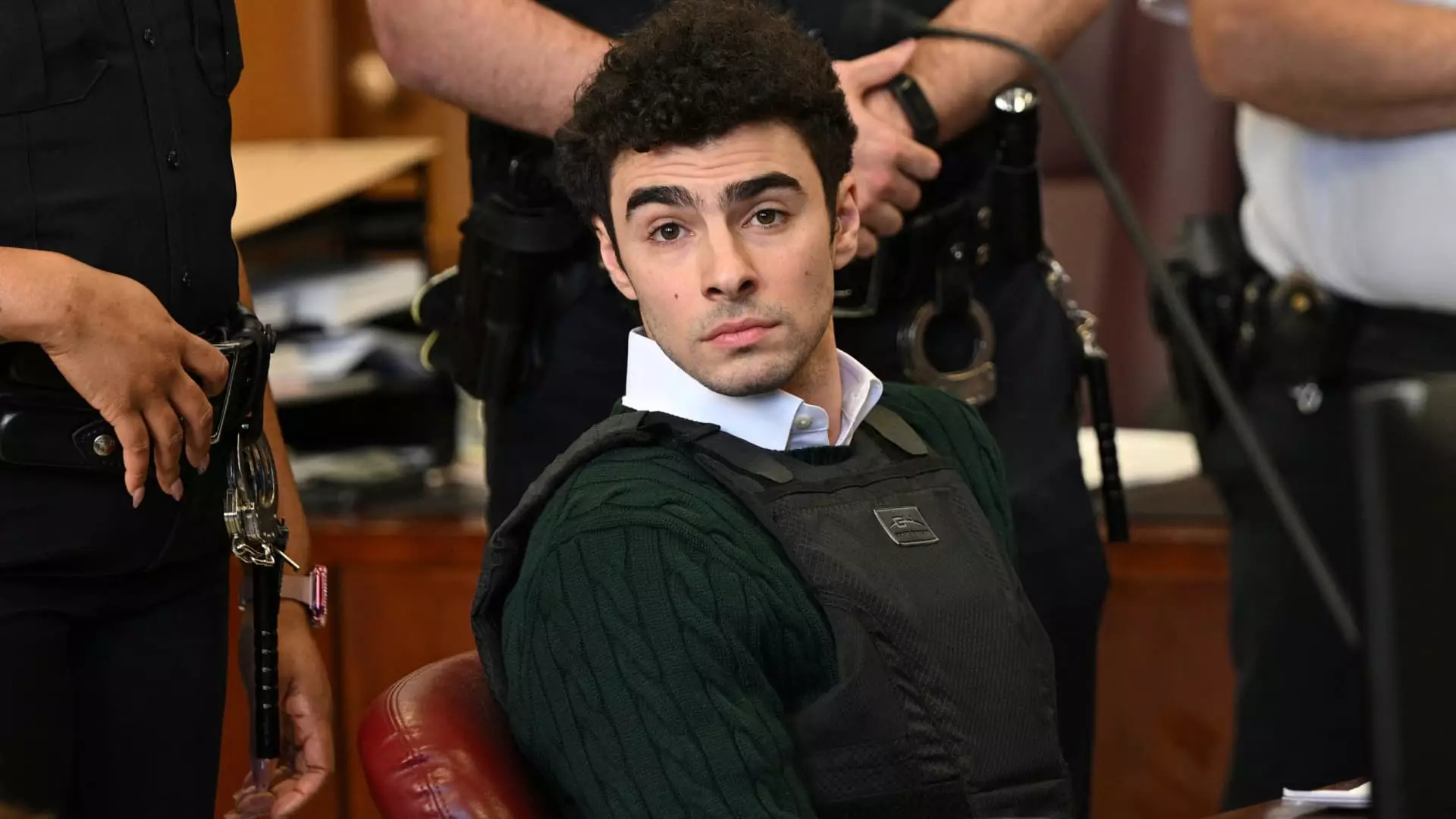The case of Luigi Mangione, who stands accused of the shocking murder of UnitedHealthcare CEO Brian Thompson, encapsulates a horrifying intersection of personal vendetta and ideological extremism. Even as the courtroom drama unfolds, it’s hard to ignore the broader implications this case has on society, the legal system, and the dangerous trajectory that motives can take in today’s polarized climate.
At just 26, Mangione’s life became a Pandora’s box when he allegedly opened fire on Thompson on a seemingly ordinary street in Manhattan—a turning point that reverberates across both the legal and political spheres. As details emerge regarding his motive, a disturbing narrative of ideological rage reveals itself. This isn’t merely a tragic murder; it’s a carefully calculated act aimed at amplifying political dissent. The Justice Department’s announcement to pursue the death penalty raises several critical questions: Are we prepared to treat political extremism with such severity? What message does this send to those who might feel cornered by systemic inequities?
Legal Warfare: A Fight for Humanity or a Battle of Politics?
As the case proceeds, the U.S. government argues that Mangione intended not only to kill but to inspire a broader movement against the health insurance industry. The court was informed that his actions were premeditated—signifying a calculated maneuver to provoke societal upheaval. In this climate of fear, an emotionally charged discourse emerges: Should the justice system prioritize the harshest punishment for those whose motivations are rooted in ideology? The latent tension suggests that Mangione’s actions are emblematic of an entire generation disillusioned by stagnant politics and perceived injustices.
Attorney General Pam Bondi has called Thompson’s murder a “premeditated, cold-blooded assassination.” Such declarations are potent, but they also fuel a cycle of sensationalism. The public narrative often pivots toward demonization, stripping the accused of their humanity before a single legal standard has been met. It raises ethical concerns: are we viewing this individual as a monster or a product of a society filled with unchecked anger and frustration towards systemic failures?
Due Process vs. Public Sentiment: A Legal Conundrum
Amid this charged atmosphere, Mangione’s legal defense team cries foul, arguing that Bondi’s statements violate his right to due process. The fear that a potential jury pool is being poisoned by high-profile declarations underscores the fragility of justice in a media-driven landscape. Can any defendant receive a fair trial under such conditions, especially when their actions are thrust into the national spotlight? Mangione’s plight highlights the precarious balancing act the legal system must perform between prosecuting a heinous crime and ensuring a fair judicial process.
Judge Margaret Garnett’s caution to both sides about refraining from public commentary reflects an awareness of this imbalance. If the scales of justice tilt too far toward public outrage, we may find a precedent is set where the fervor of public opinion outweighs the principles of justice, possibly further exacerbating societal rifts.
A Whisper of Future Threats
The prosecution asserts that Mangione represents a “future danger,” a viewpoint that can’t help but evoke discussions about societal responsibility. As the state angles toward the death penalty based not only on the crime but on the ideological character of the act, we must confront the chilling notion: Is political radicalism an unforgivable sin warranting the ultimate penalty?
This is a moment pregnant with societal implications that extend beyond the courtroom, challenging public consciousness and sparking urgent conversations about political motivations, mental health, and the responsibilities we bear not just towards law but toward each other as members of a shared community. The case of Luigi Mangione is not merely about one individual accused of a crime; it represents a harrowing chapter in our collective narrative about how we grapple with ideology, justice, and the very fabric of societal interaction.


Leave a Reply